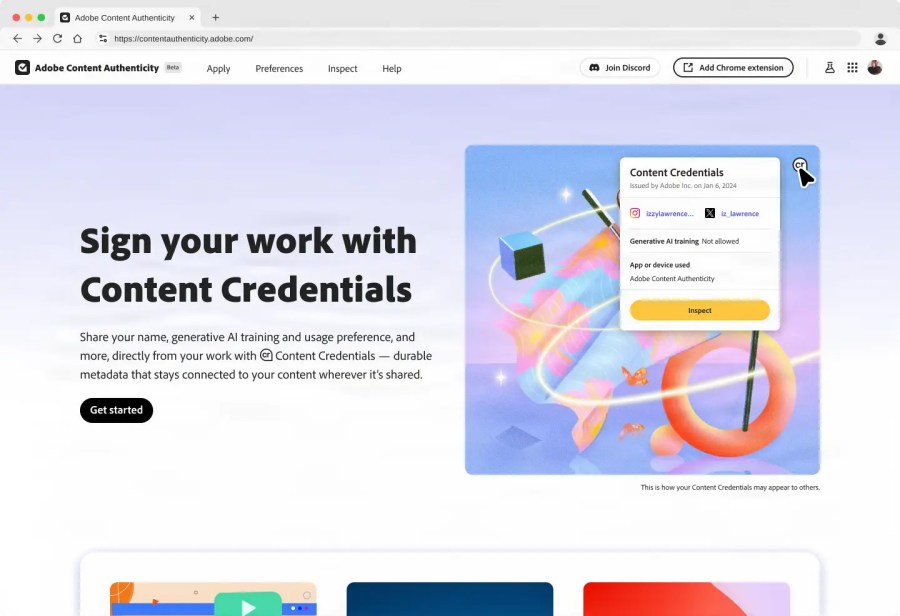This week’s glitzy Adobe Max 2024 showcase in Miami revealed some interesting new changes to the market leaders in photo and video-editing software, Photoshop, Lightroom and Premiere Pro.
AI was also high on the agenda at Adobe Max; along with Apple, Adobe is hoping continued investment in AI technology can keep its products relevant, at a time of intense competition, not only from other software makers, but also phone makers – for whom easy, AI-based photo editing has become a key selling point.
AI: the Donald Trump factor
It is also an ‘interesting’ time for Adobe to holding its annual Max showcase in the US, with a lot of concern about the impact of deepfake AI images on the current presidential election campaign.
One of the motivations for Taylor Swift coming out to endorse Kamala Harris was to negate AI-driven rumours that she was endorsing Trump, for example, while his wild claims that immigrants were eating pets have also been responsible for generating a lot of deepfake pictures.

As a company right at the forefront of making AI images easy to create using ‘generative‘ technology in Photoshop and other popular programs, Adobe now finds itself in the eye of the storm. As Adobe freely admits, ‘deepfakes are already widely circulating and eroding people’s trust in what’s real. When people doubt everything – when they cannot tell fact from fiction – it threatens democracy itself.’
So, Adobe, what’s to be done to save democracy?
Adobe launched a new extension for the Chrome web browser at Adobe Max, designed to make it easier for a website visitor to see the identity of who produced the image/content they are seeing on their screen, the tools and editing methods involved (including whether generative AI was used) and information about the camera and editing software used. The umbrella term for this is ‘Content Credentials.’
Adobe has also announced a new phone app with broadly similar goals, but this won’t be coming out until the first quarter of next year.
To find out more, I sat down with Andy Parsons, a senior director of the Content Authenticity Initiative programme at Adobe.
Watch the full interview on YouTube below, including Andy’s comments on the fact that not all social media platforms (in other words, X) are onboard, or supporting the organisation behind the rollout of Content Credentials, the Content Authenticity Initiative (CAI).
Content Credentials at a glance
- Content Credentials are essentially a ‘nutrition label’ for digital content, such as those you see on a packet of supermarket sandwiches. But instead of fat and sugar content, they show when a piece of content is created and modified. You can see the creator’s name, the date an image was created, what tools were used to create an image and any edits that were made along the way.
- Content Credentials are free, open-source technology ‘leveraging the C2PA open technical standard’ – in English, this means that any technology company can incorporate them into their own products and platforms.
- Content Credentials are a combination of cryptographic metadata and watermarking. This ensures this information is securely attached and travels with the content wherever it goes.







